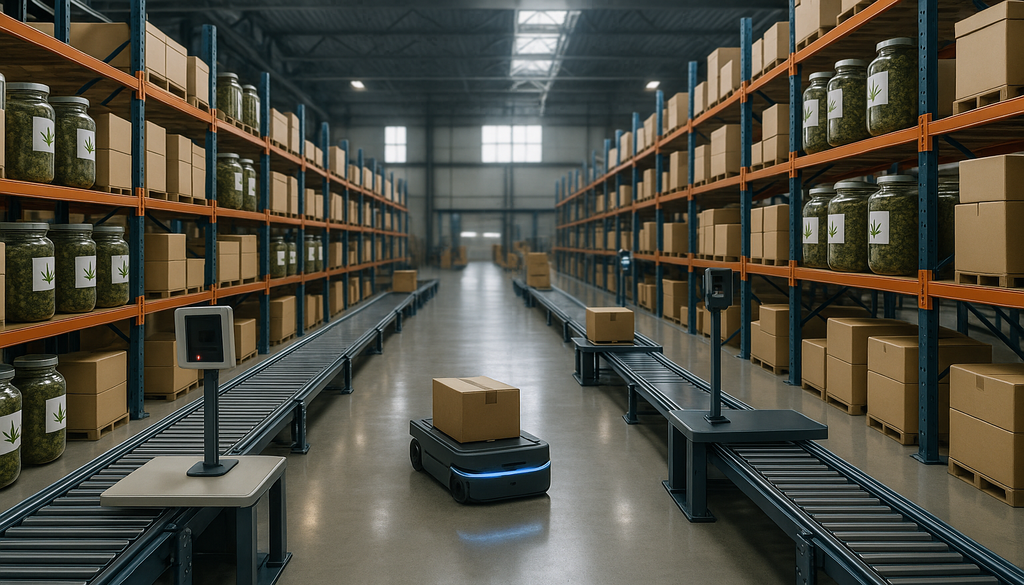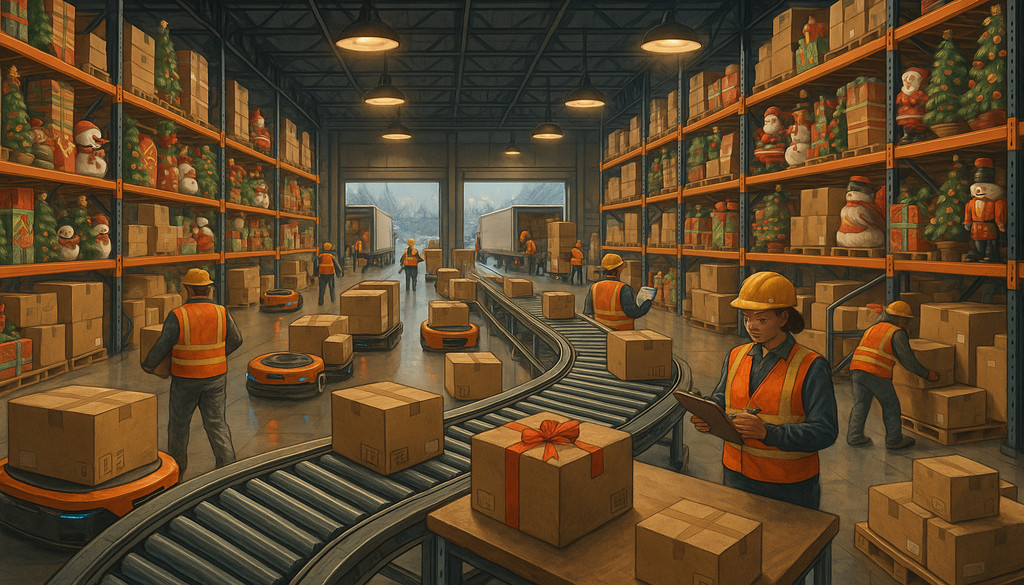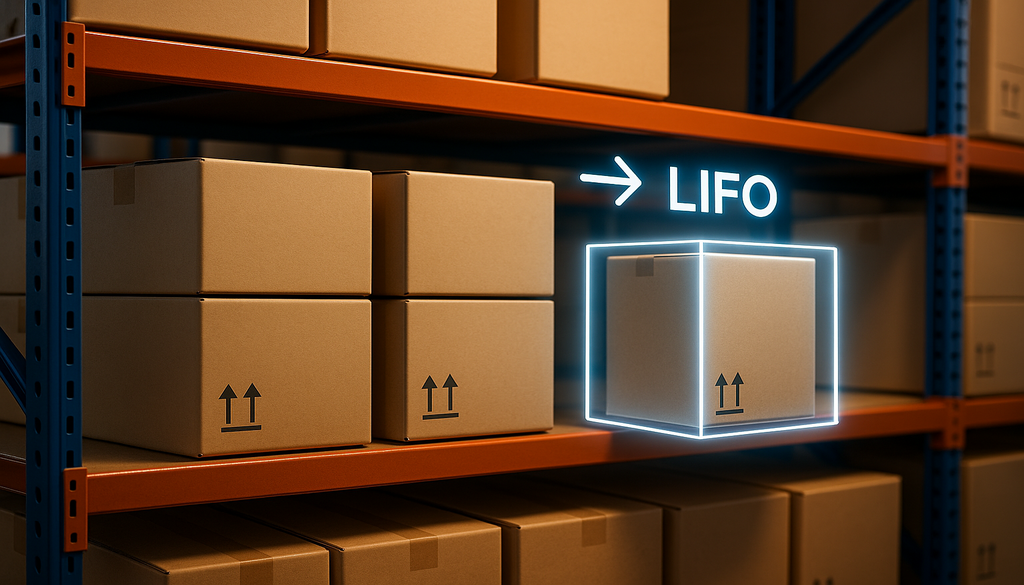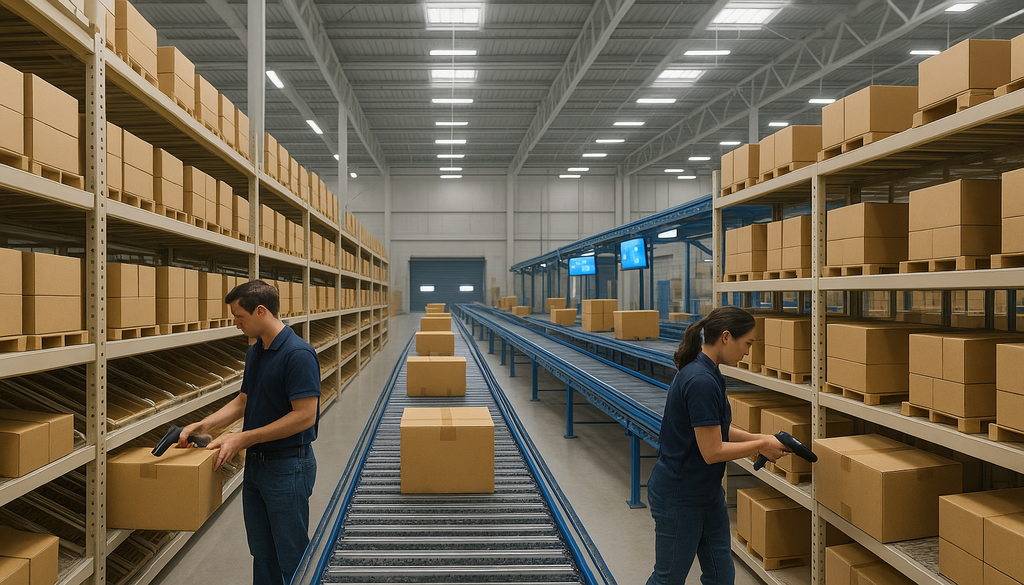If you’re looking for a way to add value to your warehouse operations, kitting services may be the answer. Kitting is the process of putting together multiple items into a single package, or kit. This can be done for products that are sold together as a set, or for products that are used together. Offering kitting as a service can help with increasing sales and improving customer satisfaction.
In this article, we’ll discuss what kitting is and how you can use it to improve your business. We’ll also take a look at some of the benefits of kitting, and mention one software solution that can help you get started.
What is Kitting in Warehouse Operations?
As we mentioned, kitting is the process of putting together multiple items into a single package, or kit to create a new SKU. This can be done for products that are sold together as a set, or for products that are used together. For example, a kitted product might be a set of tools that are needed for a particular job. Or, it might be a group of products that are often purchased together, such as a set of dishes. Another common trend is subscription boxes. Subscription boxes are kitted products that are sent to customers on a regular basis, such as monthly or quarterly.
Kitting can be done manually, or it can be automated using kitting software. Kitting software helps you to manage the kitting process by keeping track of inventory levels and kitted products. It can also help you to create kitting plans and optimize your kitting operations.
Why Offer Value-Added Services?
Value-added services go above and beyond the basic services offered by 3PLs and distribution companies. They are designed to improve the customer experience and add value to your business. Offering kitting as a value-added service is a great way to increase sales while attracting and retaining new customers. You can charge a kitting fee, or you can bundle kitting with other services to create a more comprehensive offering.
Why is Kitting Important?
There are many reasons why kitting is an important value-added service in fulfillment operations. Two of the most important are: increasing revenue and reducing costs. Kitting is an excellent way of pairing items that go together, which results in more expensive orders for businesses as well as a good deal for customers. Companies might also take advantage of kitting to get rid of older stock that doesn’t move as quickly and dead stock. Products that aren’t sold as often can be included in a kit, which customers are more likely to buy, thus opening up warehouse space for other products. Using pre assembled kits helps businesses save time and money by reducing the number of items that need to be picked, packaged, and shipped to customers.
The Benefits of Kitting for 3PLs and Warehouse Operators
Kitting can offer many benefits to third-party logistics providers (3PLs) and warehouse operators. Let’s discuss some of the most important here:
Higher Sales Revenue
When products are kitted together, they can be sold as a set. This can lead to higher sales revenue for your business.
Lower Labor Costs
Kitting can help you to reduce labor costs by making it easier to pick orders. Kitted products can be stored together in the warehouse, which saves time when picking orders. This lowers the time spent on each order and lowers packing costs.
Lower Shipping Costs
Kitting can help you to reduce shipping costs. By kitting products together, you can ship them in one box instead of multiple boxes. This can lead to significant cost savings, particularly for businesses that ship a large number of products.
More Efficient Warehouse Space
Kitting can help you to make more efficient use of your warehouse space. By kitting products together, it reduces the number of SKUs that you need to store. This can lead to significant cost savings.
Fewer Errors
Kitting can help you to avoid errors when picking orders. When kitting products together, you can store them together in the warehouse. This makes it easier to pick orders and reduces the chance of errors.
Faster Shipping
Kitting can improve your shipping times by making it easier to pick orders. When products are stored together for kitting, it saves time when picking orders. This can lead to faster shipping times for your customers.
Improved Customer Satisfaction
When you offer kitting services to your clients, they will have new opportunities for more revenue and happy customers. This can lead to improved customer satisfaction among your business customers.
What is Kitting Software?
Kitting software is an application that helps you manage the kitting process from start to finish. The software helps you to keep track of inventory levels of individual components as well as completed kits. It can also help you to create kitting plans and optimize your kitting operations.
Leading warehouse management systems often incorporate kitting functionality to make it easy for you to manage and integrate kitting into your overall warehouse operations.
Kitting in Manufacturing
Kitting enables manufacturers to save time and put products together more efficiently. In the manufacturing process, kitting entails gathering all the raw materials and components required to make a certain product. Therefore, when everything is prepared beforehand, the production team can work faster and more effectively.
Kitting can be used by manufacturers in a variety of industries, from automotive to electronics to packaged foods, and many more. As an example, kitting might be used in the automotive industry to create a “kit” of all the parts needed to assemble a car door. This would include the door panel, the window, the mirror, the door handle, and so on.
Kitting vs. Assembly: What’s the Difference?
When it comes to kitting and assembly services, there are some key differences. Kitting is the process of packaging together products that are sold as a set. Assembly, on the other hand, is the process of putting together products to create a new product. Both kitting processes and assembly may be used in 3PL, distribution warehouses, and manufacturing plants.
The Difference Between Warehouse Kitting and Bundling
It’s important to note that kitting is different from bundling. Bundling is when you sell multiple products together as a package, but the products are not physically kitted together. In other words, they’re just packaged together and sold as a set. Kitting, on the other hand, involves physically putting the products together to create a new SKU.
What is Inventory Kitting?
Inventory kitting is a system of organizing inventory into kits for sale or use. Each kit is given its own stock keeping unit (SKU) number. Companies can either put the items in the group together in a package beforehand, or they could use inventory management software to create one SKU for a set of items that are stored separately in the warehouse.
When a company uses inventory kitting, it gets the parts it needs from stock to fill an order instead of packaging them together in advance. This process allows companies to create multiple kits that accommodate customer demand. Many different types of businesses use inventory kitting including online stores, retail businesses, pharmaceuticals, and computer manufacturing among others.
Managing the Kitting Process
The kitting process will look different depending on the industry, the products being kitted, and the size of the operation. But in general, there are a few key steps that are involved in the kitting process:
- Determine what’s in the kit: The first step is to determine what products will be included in the kit. This includes deciding on the quantities of each product and ensuring that all products are compatible with each other.
- Select a new SKU: Once you have determined what will be in the kit, you will need to assign a new SKU to the kit. This SKU will be used to track the kit and its inventory levels.
- Organize Items: The next step is to organize the items that will be in the kit. This includes putting all of the items in the correct order and labeling them accordingly.
- Pack the Kit: The next step is to pack the kit. This includes packing all of the items securely and ensuring that the kit is properly labeled. The completed kits may be shipped out right away or stored in inventory until they are needed.
Why is Accuracy Important in Kitting in a Warehouse?
In warehouse kitting, accuracy is key. When kitting together products, it’s important that all of the products are accounted for. If even one product is missing, it can cause problems down the line. That’s why kitting software is so important. Kitting software can help you to keep track of kitted products and their inventory levels. This way, you can be sure that all of the products are accounted for and kitted together correctly.
How to Improve Warehouse Kitting?
Kitting is an important process in many warehouses and manufacturing plants. And while it may seem like a simple task, there are a few things that you can do to improve kitting in your operation.
Use the Right Software: Using the right software, such as a WMS with kitting functionality, can help you to keep track of kitted products and their inventory levels. This way, you can be sure that all of the products are accounted for and kitted together correctly.
Establish Procedures: Establishing kitting procedures can help to ensure that the kitting process is carried out correctly every time. This includes things like creating packing lists and setting up quality control checks.
Reduce Bottlenecks: Another way to improve kitting is to reduce bottlenecks in the process. This could include things like having enough assembly stations or workers available to keep up with demand.
Stay Organized: Staying organized is another important part of kitting. Be sure to label all kitted products clearly and keep them in the correct order. This will help to ensure that kitting is done accurately and efficiently.
Assemble Kits in Advance: Another way to improve kitting is to assemble kits in advance. This could include things like having enough assembly stations or workers available to keep up with demand.
Check for Accuracy: Finally, be sure to check for accuracy when kitting products. This includes ensuring that all products are accounted for and that they are compatible with each other.
How Can You Get Started with Kitting Services?
If you’re interested in offering kitting as a service, there are a few things you’ll need to do to get started. First, be sure that your WMS or inventory management software includes kitting functionality. Then, make sure that your facility is set up to handle kitting. This includes having enough assembly stations and workers available. Finally, be sure to establish kitting procedures to ensure that the kitting process is carried out correctly every time.
By ensuring your business is ready for kitting ahead of time, you’ll be able to offer this valuable supply chain service to your customers quickly and efficiently.
SphereWMS Software Can Help
If you’re looking for kitting software to help you manage your kitting operations, SphereWMS is a great option. SphereWMS is a cloud-based warehouse management system (WMS) that includes kitting functionality to help you:
- Set up kitting plans and group items into kits.
- Set up kit pricing.
- Keep track of kitted products and their inventory levels.
- Optimize your kitting operations.
Aside from kitting, SphereWMS can help you with a variety of other warehouse management tasks, such as inventory management, order picking, and shipping. To learn more about how SphereWMS can help your order fulfillment process and your business, contact us today. We’ll be happy to answer any questions you have about our software.








